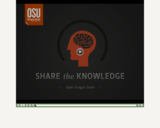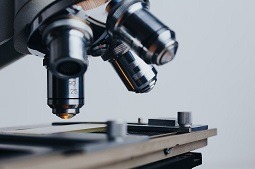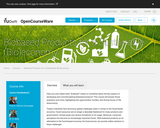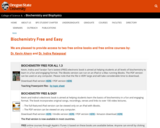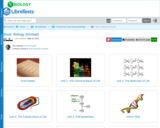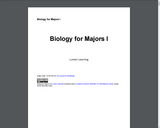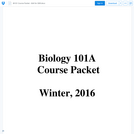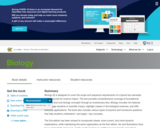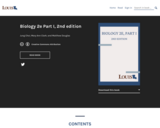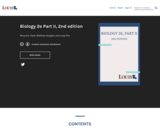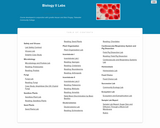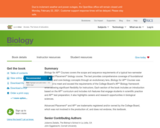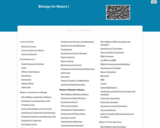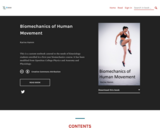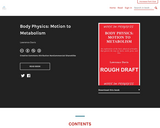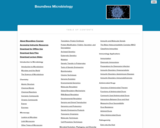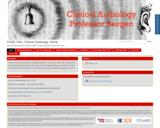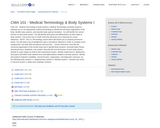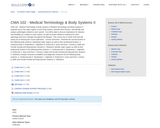Short Description:
Body Physics sticks to the basic functioning of the human body, from motion to metabolism, as a common theme through which fundamental physics topics are introduced. Related practice, reinforcement and Lab activities are included. See the front matter for more details. Additional supplementary material, activities, and information can be found at: https://openoregon.pressbooks.pub/bpsupmat/. Order a print copy: http://www.lulu.com/content/paperback-book/body-physics-motion-to-metabolism/26081318
Long Description:
Body Physics sticks to the basic functioning of the human body, from motion to metabolism, as a common theme through which fundamental physics topics are introduced. Related practice, reinforcement and Lab activities are included. See the front matter for more details. Additional supplementary material, activities, and information can be found at: https://openoregon.pressbooks.pub/bpsupmat/. Specific topics covered in Body Physics are: scientific process, units, uncertainty, mass, density, weight, buoyant force, equilibrium, center of gravity, normal force, friction, torque, levers, mechanical advantage, tension, motion, impulse, momentum, the laws of motion, strength and elasticity of materials, work, kinetic and potential energy, power, thermal energy the first law of thermodynamics, efficiency, heat, entropy, and 2nd law of thermodynamics.
Order a print copy: http://www.lulu.com/content/paperback-book/body-physics-motion-to-metabolism/26081318
Word Count: 112607
ISBN: 978-1-63635-046-2
(Note: This resource's metadata has been created automatically by reformatting and/or combining the information that the author initially provided as part of a bulk import process.)
